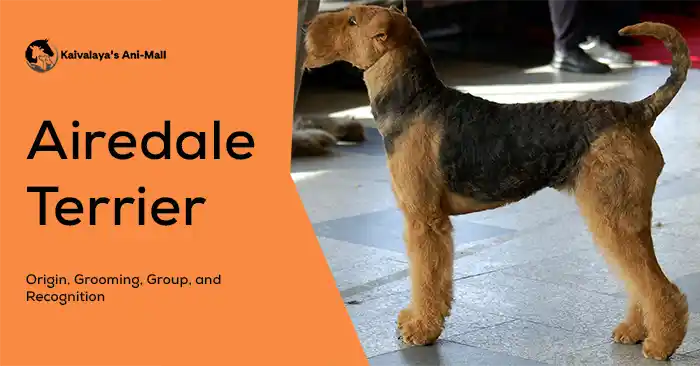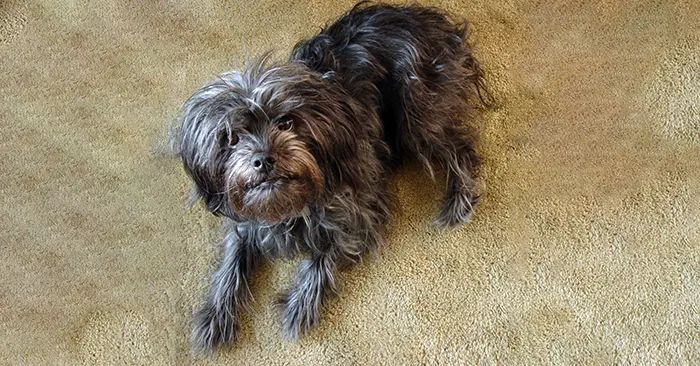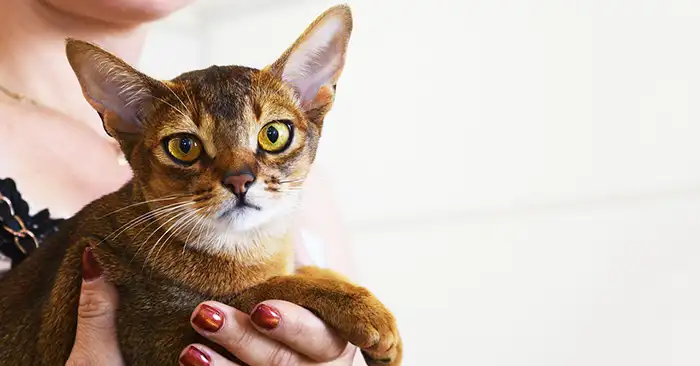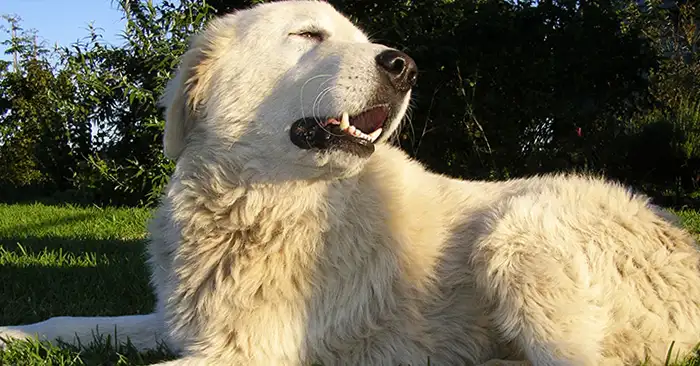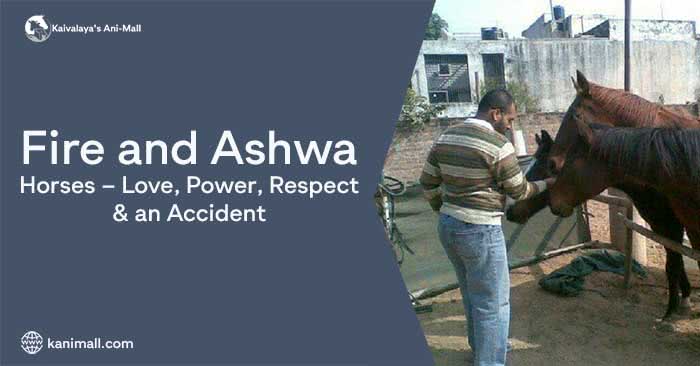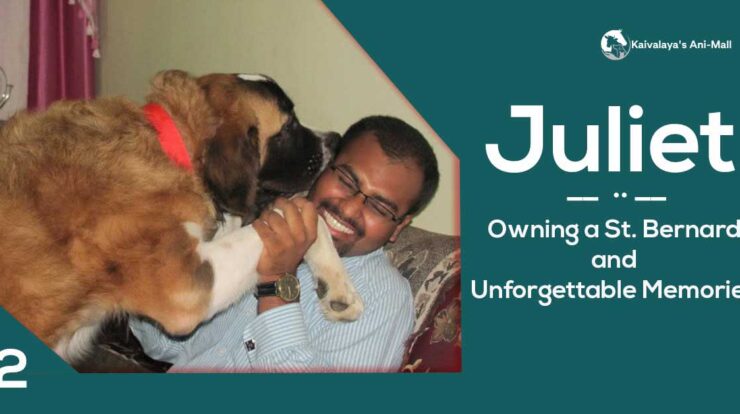Hello reader!Welcome to the series of dog breeds brought to you by Kaivayala’s Ani-mall.In our previous post, we have provided information about the origin and development of the Afghan hound. We have also given a brief account of different strains of the dog breed Afghan hound and have told you a little about honorable breeders who have contributed a lot in the development of this dog breed. In this post, we will try to give you a well-defined account of the physical features of the Afghan hound. So without any delay let us start.
Classical standards of the Afghan hound

As I have mentioned in my earlier post, there are thirteen different strains of Afghan hound that are recognized by the local tribes and people in adjoining area of Afghanistan. All of the strains have different physical standards depending upon the region from which the particular strain of the breed hails. Though, there is more difference in coat type than the build. Two major bifurcations in build type arise between the low land steppe breeds and the highland mountain breeds.
The lowland strains are lighter in build and have less feathering on the limbs and less hair on face and neck. Their beards are either nonexistent or are very small. The reason for this kind of development is either by natural selection or because of the selective breeding for some desirable traits. In low lands because of the flat running fields are available better-chasing speed and agility is required. If dog breeds that are used for hunting in plain areas were heavy than the running speed is compromised. The selection of coat is also important because heavy coat will lead to overheating of body and will in-turn limit the range of the dog breed to be used to chase the game animal. The weight of the coat will also be the hindrance for agility required to change directions fast. A few lowland varieties were selectively bred to be lighter, faster and agiler to catch small fast running prey. These varieties resembled a long coat Saluki.
The high land varieties were heavier inbuilt, had much longer and denser coat, sturdier and stronger limbs and had more hair on face and neck. Sometimes this facial hair extends to ears and jaws in form of silky featherings and beard. The reason for this kind of development is either by natural selection or because of the selective breeding for some desirable traits. In high lands because of the irregular terrain and steep climbs the dogs living and working there must be strong, courageous and sure-footed. The basic sight hound structure is there but it has been made more suited for harsh winters at high altitudes and protecting the flock from dangerous mountain predators. Dense outer coat protected the dog from extremely low temperatures and from attacks of predators. The high land varieties were selectively bred to yield light colors like white and light beige to let them easily blend with the livestock. These high land varieties of Afghan hound were most close to the modern day Afghan hound but the coat was much coarse than present-day Afghan hound. These dog breeds were similar to the dogs that Mrs. Mary Amps brought with her to her way back to Britain from Kabul Afghanistan.

These were some of the desired characteristics that were required from the sighthound dog breeds of Afghanistan when these dogs used to work with local tribes. The modern-day Afghan hound is not required to perform the hunting, shepherding and guarding duties so they are not as rugged as their ancestors. Moreover, the requirements of the local tribes were dependent on the nature of jobs that were expected from the sighthounds of Afghanistan. At that time they didn’t write down the expected height, length, jaw profile or any other modern standards. They simply bred dogs that were best to do the job required from them.
In our next post, we will give a complete account of the modern-day standard of Afghan hound based on the specifications provided by respected dog registries.
Here I would like to conclude this post but the work has not been completed yet. There are several topics remaining as we proceed with the breed description and move ahead in the series of dog breeds by Kaivalaya’s Ani-Mall.
So, it’s a goodbye for now.If you like our work at; Kaivalaya’s Ani-Mall please like and subscribe our blog.We are also open to any suggestion from our readers to improve our works.Thank you so much for visiting Kaivalaya’s Ani-Mall.

